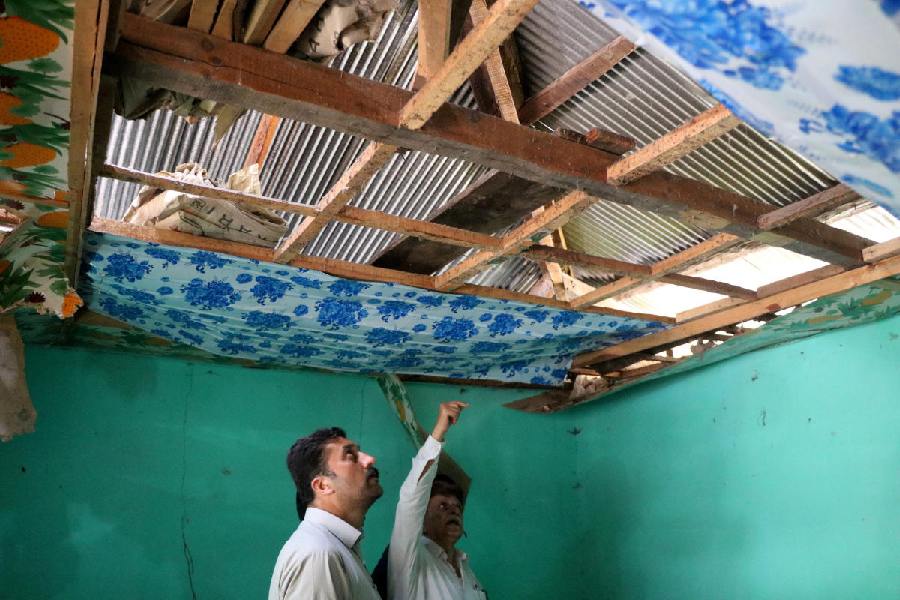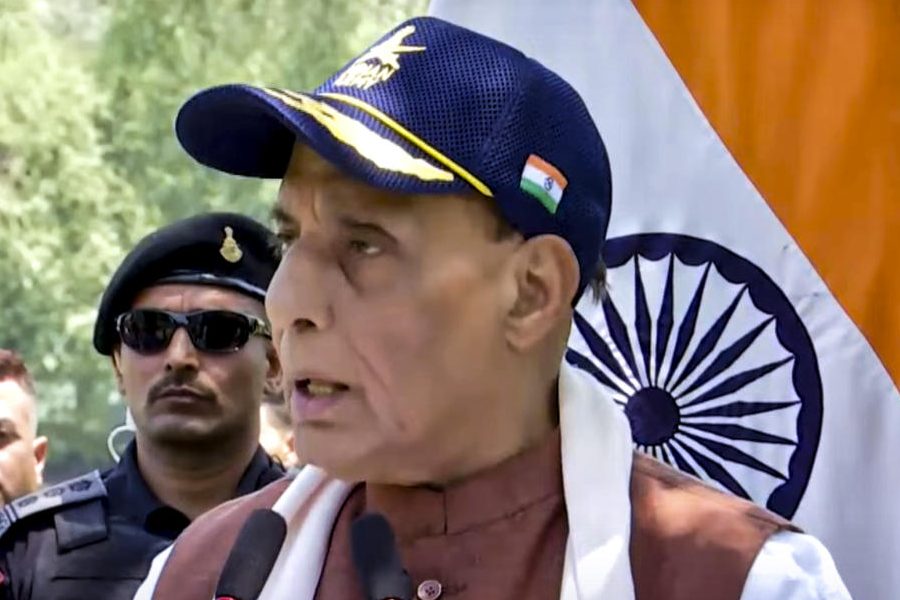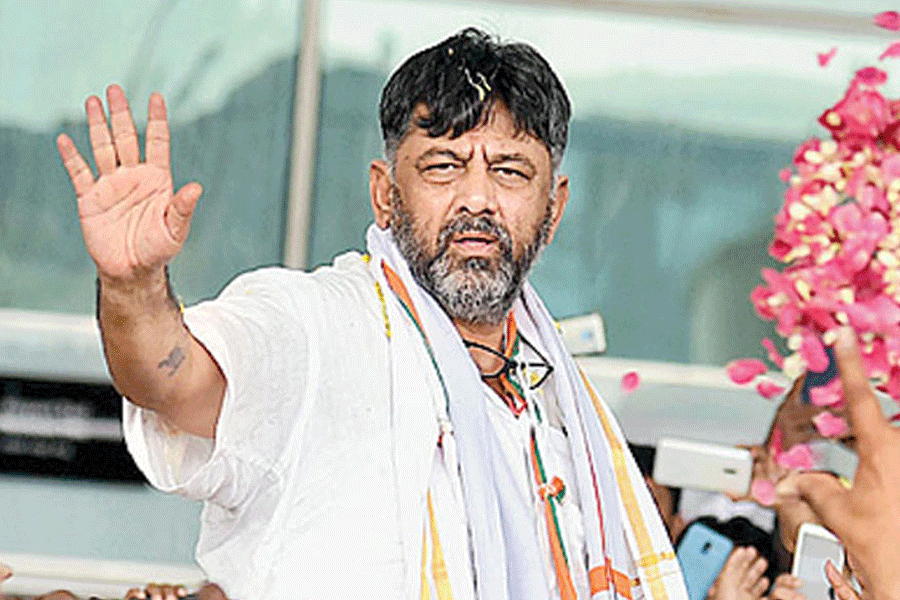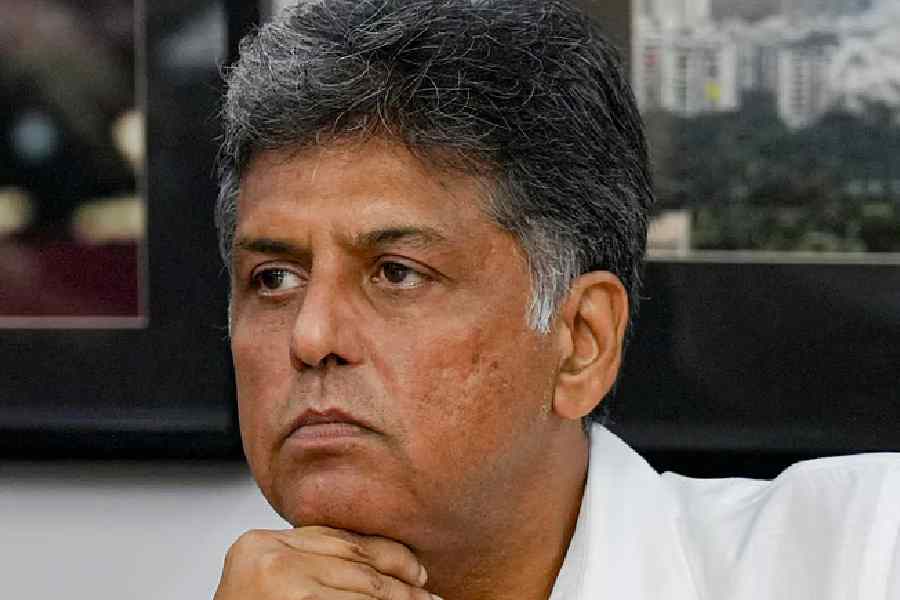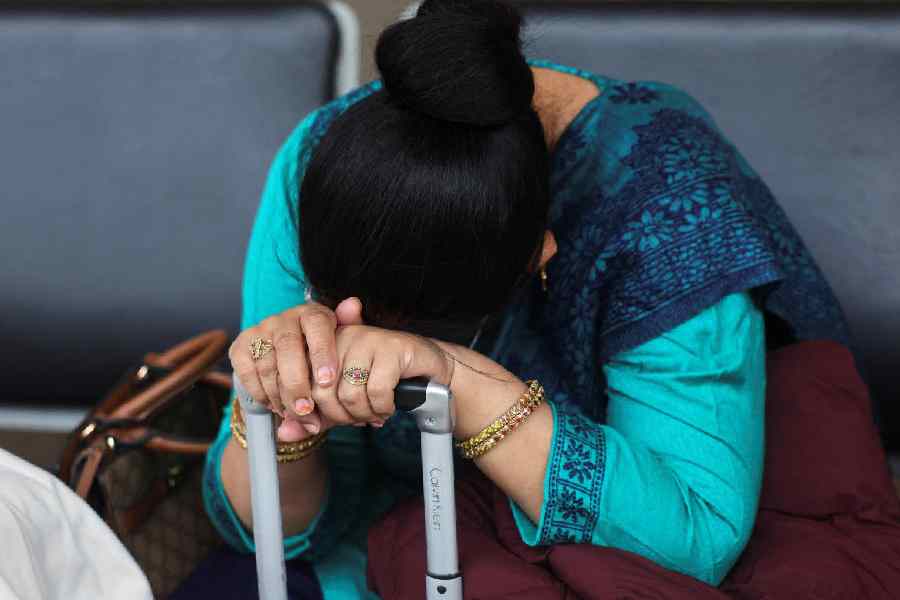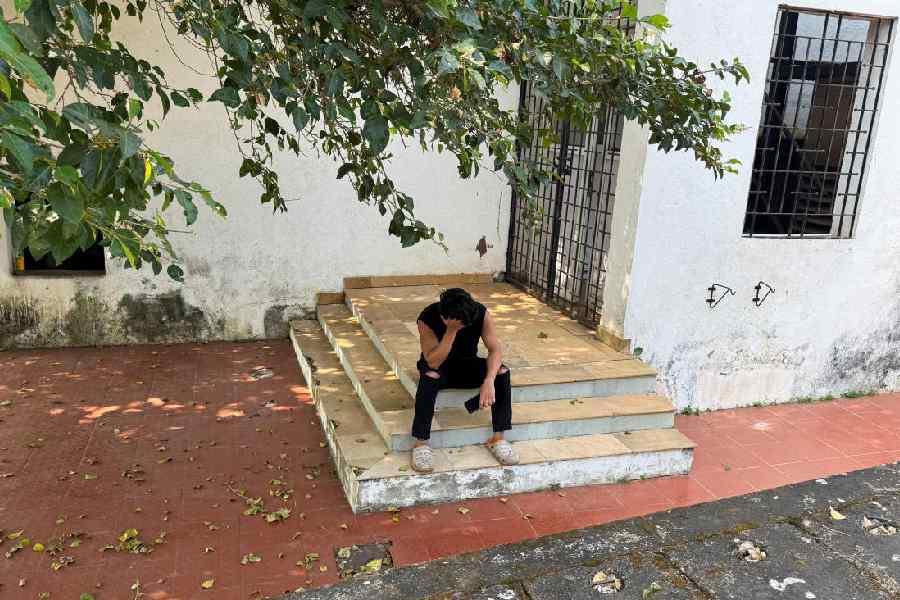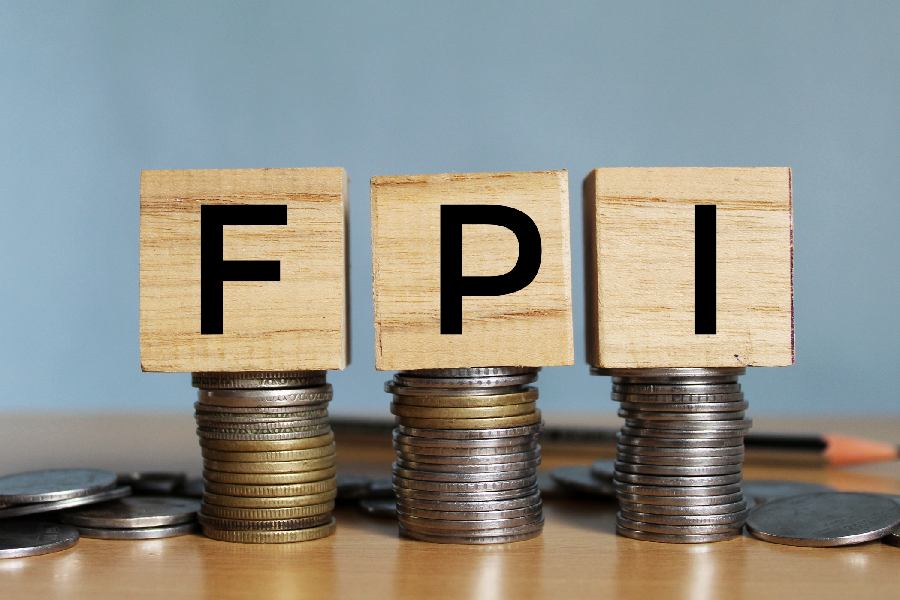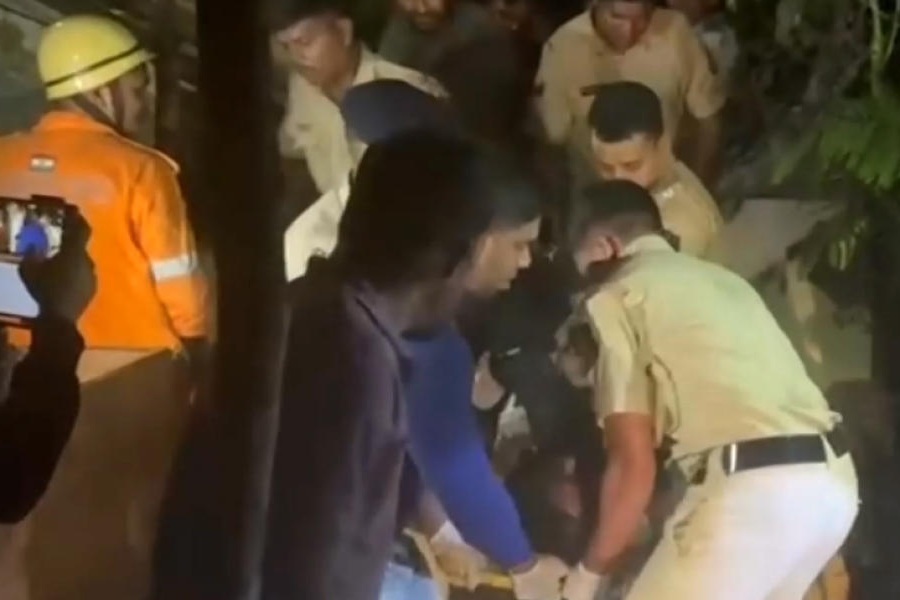Mohammad Iqbal was on the night shift at a power plant near the town of Poonch in Kashmir when he received a frantic phone call from his family.
Artillery shells were exploding around their home.
“I told them all to hunker down in one room together on the ground floor and hopefully things would become okay by morning,” Iqbal, 47, told CNN.
But dawn brought no reprieve.
For the next four days, relentless shelling and cross-border attacks between India and Pakistan rattled Kashmir, marking the most intense conflict between the nuclear-armed neighbors in decades.
Iqbal’s home lies a stone’s throw from the Line of Control (LoC) with Pakistan, in a region defined by pine trees and meadows, against a backdrop of icy peaks.
Iqbal, the power plant worker, is holding on to hope. His family survived. Their home, though damaged, stands. “We are lucky,” he said. “We have only homes to rebuild and our family is together. I hope things don’t resume. But there’s no guarantee.”
The scenic beauty of the area belies its brutal reality — a contested zone, Kashmir is among the world’s most militarised areas and a flashpoint for multiple wars between India and Pakistan.
Former US President Bill Clinton, on the eve of his visit to the subcontinent in March 2000, called the ceasefire line that divides Kashmir "the most dangerous place in the world".
The latest conflict erupted after a terror attack in Pahalgam on April 22, which New Delhi attributed to Pakistan — an allegation Islamabad denied.
Last week, both India and Pakistan exchanged missiles, drones and artillery across the LoC, shattering lives and homes in its wake.
According to Pakistani authorities, 40 civilians and 11 soldiers were killed, with 121 others injured in Indian firing. India reported 15 civilian deaths, 59 wounded, and the loss of five soldiers.
Two hours into the attack on May 7, Iqbal received more devastating news — his brother-in-law’s home had been struck.
A shell exploded near a water tank, shattering windows and spraying glass shards that injured his brother-in-law and niece.
What followed was a desperate race to get the wounded to safety.
“As people started evacuating, there were a few people in the village with cars, so people just poured into whatever vehicle they could find,” Iqbal recalled. “For a few hours it was difficult to locate everyone. People got split up. But finally at the hospital my family came together.”
At the hospital, his brother-in-law — a policeman — was critically wounded.
Medical teams, overwhelmed by the rush of casualties, scrambled to provide care. While he survived, two of Iqbal’s neighbors did not.
For the roughly 15 million residents of Kashmir, the immediate concern is no longer political — it is survival.
The conflict has only deepened their despair, with hopes of a lasting political resolution drifting further out of reach.
“There is an uneasy calm here,” said Amir Choudhary, 25, speaking to CNN from the town of Akhnoor in Kashmir just hours after the ceasefire came into effect on May 11.
“Markets are open again and some people who had left have slowly started coming back,” he said. “There still is that anxiety about what might happen when night comes.”
On the other side of the border, in Pakistan-occupied Kashmir, Saima Ashraf echoed similar sentiments. “Uncertainty still prevails,” she said. “Many believe it (the ceasefire) is not a permanent solution.”
The impact of the conflict has displaced many families, forcing them to abandon their homes and villages. “Many of them are waiting to see how the situation develops before making a decision about returning,” Akhtar Ayoub, a local official in Pakistan’s Neelum Valley, told Reuters.
Raja Shoukat Iqbal, who lives near the LoC, described the ceasefire as “essential for the people of Kashmir,” who, he said, continue to bear the brunt of geopolitical tensions.
“This peace was also necessary on the international level because both countries are nuclear powers,” he warned. “Any mistakes or anger of any country could cause the deaths of two billion people.”
India has long accused Pakistan of supporting terror groups in the region — charges Islamabad has consistently denied.
Both countries are claiming victory in the recent conflict.
India stated that its cross-border strikes — the deepest since the 1971 war — demolished terrorist infrastructure allegedly responsible for last month’s attack on tourists.
Pakistan alleged that its air force downed Indian fighter jets.
In his first public remarks since the clash, Prime Minister Narendra Modi said on Monday that India had “only suspended our responsive attack on Pakistan’s terror and military hubs.”
“In the coming days we will measure Pakistan’s every step,” he added.
For residents on both sides of the LoC, war is a recurring nightmare.
A student from Uri, Kashmir, told CNN about the night shelling shook his home.
“We sat in silence, extremely petrified,” he said. “Praying the next target would not be our family or our home.”
The student, whose identity was withheld for security reasons, recalled the relief when the ceasefire was declared.
“Smiles plastered across our faces, and we hugged,” he said. “We now want this ceasefire to stay. Both countries need to find long-term solutions.”

